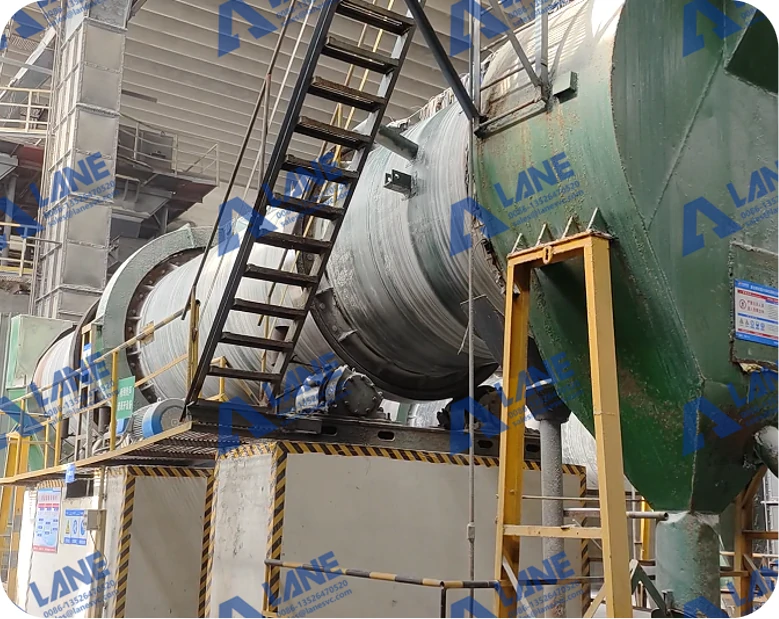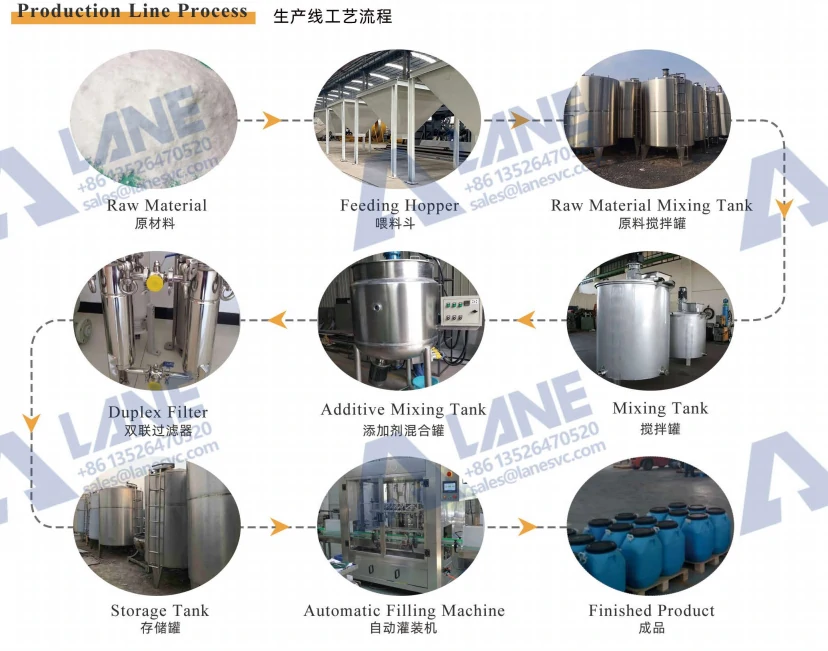
How Does Organic Waste to Liquid Fertilizer Technology Revolutionize Sustainable Farming?
In a world plagued by food waste, agricultural byproducts and the need for sustainable agriculture, organic waste to liquid fertilizer technology has emerged as a game-changer. This innovative approach not only solves the problem of waste, but also creates valuable resources. Every year, billions of tons of organic waste (from kitchen scraps to livestock manure and crop residues) end up in landfills, releasing methane and wasting potential nutrients. Organic waste to liquid fertilizer technology can intercept this waste, convert it into efficient liquid fertilizer, and reintegrate it into the soil, forming a closed loop in the agricultural ecosystem. For farmers, gardeners and businesses, this technology provides a cost-effective and environmentally friendly way to increase crop yields while reducing environmental impact.
Organic waste to liquid fertilizer technology may sound complicated, but at its core it is a simple and natural process enhanced by smart engineering technology – supported by a range of professional equipment to ensure efficiency and consistency. Unlike traditional composting (which produces solid fertilizer), this organic waste to liquid fertilizer technology focuses on breaking down organic matter into liquid form, making nutrients more accessible to plants and easier to apply.

The following is a detailed description of the key stages combined with the actual process of the equipment:
1.Raw Material Preparation and Feeding
The first step in organic waste to liquid fertilizer technology starts with gathering and prepping the right organic materials—think fruit peels, manure, or crop residues. Once sorted (to remove non-organic debris), the waste is fed into a raw material-feeding hopper. This hopper acts as a buffer, ensuring a steady flow of material into the next stage without clogging. From the hopper, the waste moves into a raw material mixing tank, where it’s blended with water to create a loose, slurry-like consistency—ideal for breaking down in subsequent steps.
This equipment-driven setup solves a common problem in large-scale operations: uneven feeding. Without the hopper, manually adding waste in batches could cause the system to overload or run empty. The mixing tank, meanwhile, ensures every piece of waste gets exposed to water, preventing dry clumps that would slow decomposition.
2.Blending and Nutrient Enhancement
After the initial slurry is formed, it moves to a main mixing tank—the workhorse of organic waste to liquid fertilizer technology. Here, the slurry is agitated continuously to keep solids suspended, while natural bacteria (added in controlled amounts) begin breaking down the organic matter. This tank is often insulated to maintain a steady temperature (35–40°C), speeding up bacterial activity.
Once the slurry has partially decomposed (usually after 2–3 days), it’s transferred to an additive mixing tank. This is where customization happens: depending on the target crop, additives like seaweed extract (for potassium) or bone meal (for phosphorus) are mixed in to boost specific nutrients. The tank’s precision mixing ensures additives are evenly distributed—no clumps of undissolved nutrients that could harm plants.
This two-step mixing process (main tank + additive tank) is key to the technology’s success. It separates decomposition from nutrient adjustment, ensuring the base slurry is stable before adding delicate additives that might break down in the main tank’s active environment.
3.Filtration for Purity
Even after mixing, the liquid may contain small solid particles (like undigested fiber or seed fragments) that could clog sprayers or drip irrigation systems. That’s where a duplex filter comes in—a critical piece of organic waste to liquid fertilizer technology that removes these impurities. Unlike single filters that need frequent cleaning, a duplex filter has two chambers: while one filters, the other can be cleaned, ensuring the process never stops.
The result is a smooth, uniform liquid that’s easy to pump and apply. For large facilities, this step eliminates the need for manual straining, cutting labor costs and reducing product loss.
4.Storage and Packaging
With filtration complete, the liquid fertilizer flows into a storage tank. This tank isn’t just a holding container—it’s designed to preserve nutrient quality. It’s sealed to prevent exposure to air (which can reduce nitrogen levels) and has a slow agitator to keep nutrients evenly mixed, even if stored for weeks.
When it’s time to package, the fertilizer is pumped from the storage tank to an automatic packing machine. This equipment fills bottles, jugs, or bulk containers with precise amounts (from 500ml to 1,000L), capping them automatically. For commercial operations, this machine is a game-changer: it can fill 200+ 5L bottles per hour, far faster than manual filling, while reducing spills and waste.
From here, the finished product is ready for shipping—consistent, nutrient-rich, and ready to boost crop growth.

As the need for sustainable agriculture grows, organic waste to liquid fertilizer technology is expected to develop further. Upcoming innovations include portable digesters (for remote farms), app-based nutrient testing (simplifying adjustments), and integration with solar energy (making small systems energy self-sufficient).
For businesses, this technology offers a way to turn waste into profit – restaurants can reduce disposal costs while selling fertilizer to local garden centers; farms can reduce input costs and improve soil health. For the planet, it is a key tool to combat climate change, reduce landfill methane emissions, and reduce dependence on energy-intensive synthetic fertilizers.
Organic waste to liquid fertilizer technology is more than just making fertilizer, it is about reimagining the way we use resources. By transforming waste into a nutrient-rich asset, it proves that sustainability and productivity can go hand in hand. Whether you are a large-scale farmer or a home gardening enthusiast, this technology provides a practical and effective way to nourish your crops while protecting the environment.

For more details, please feel free to contact us.
Henan Lane Heavy Industry Machinery Technology Co., Ltd.
Email: sales@lanesvc.com
Contact number: +86 13526470520
Whatsapp: +86 13526470520
Leave a Comment
Latest Posts
LANE has more than 500 successful cases and is committed to providing customers with first-class solutions, high-end machinery and equipment, and one-stop pre-sales, sales and after-sales comprehensive customer service.